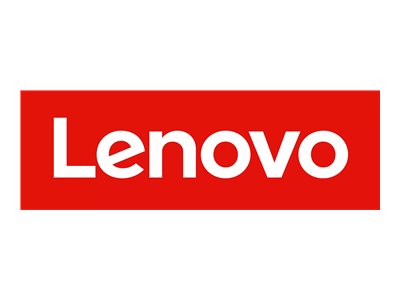The ThinkSystem PM1653 Read Intensive SAS 24 Gb SSDs are advanced high-performance 24 Gb SAS self-encrypting SSDs (SEDs) suitable for a wide range of applications of running on ThinkSystem servers.
- Server-grade SSD suitable for read-intensive workloads
- Features Samsung's 128-layer V-NAND TLC storage technology
- Endurance of 1 drive-writes per day (DWPD)
- SAS 24 Gb/s interface
- Protect data integrity from unexpected power loss with Samsung's advanced power-loss protection architecture
- Supports Self-Monitoring, Analysis and Reporting Technology (S.M.A.R.T)
- End-to-end data protection
Automatic encryption
It is vital that a company keep its data secure. With the threat of data loss due to physical theft or improper inventory practices, it is important that the data be encrypted. However, challenges with performance, scalability, and complexity have led IT departments to push back against security policies that require the use of encryption. In addition, encryption has been viewed as risky by those unfamiliar with key management, a process for ensuring a company can always decrypt its own data. Self-encrypting drives comprehensively resolve these issues, making encryption both easy and affordable. When the self-encrypting drive is in normal use, its owner need not maintain authentication keys (otherwise known as credentials or passwords) in order to access the data on the drive. The self-encrypting drive will encrypt data being written to the drive and decrypt data being read from it, all without requiring an authentication key from the owner.
Drive retirement and disposal
When hard drives are retired and moved outside the physically protected data center into the hands of others, the data on those drives is put at significant risk. Self-encrypting drives eliminate the need to overwrite, destroy, or store retired drives. When the drive is to be retired, it can be cryptographically erased, a process that is nearly instantaneous regardless of the capacity of the drive.
Instant secure erase
The self-encrypting drive provides instant data encryption key destruction via cryptographic erasure. When it is time to retire or repurpose the drive, the owner sends a command to the drive to perform a cryptographic erasure. Cryptographic erasure simply replaces the encryption key inside the encrypted drive, making it impossible to ever decrypt the data encrypted with the deleted key. Self-encrypting drives reduce IT operating expenses by reducing asset control challenges and disposal costs. Data security with self-encrypting drives helps ensure compliance with privacy regulations without hindering IT efficiency.
Auto-locking
Insider theft or misplacement is a growing concern for businesses of all sizes; in addition, managers of branch offices and small businesses without strong physical security face greater vulnerability to external theft. Self-encrypting drives include a feature called auto-lock mode to help secure active data against theft. Using a self-encrypting drive when auto-lock mode is enabled simply requires securing the drive with an authentication key. When secured in this manner, the drive's data encryption key is locked whenever the drive is powered down. In other words, the moment the self-encrypting drive is switched off or unplugged, it automatically locks down the drive's data.





